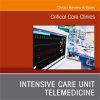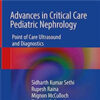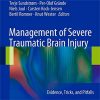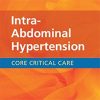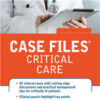Transfusion Strategies for Acute Upper Gastrointestinal Bleeding
nejm.orgAs compared with a liberal transfusion strategy, a restrictive strategy significantly improved outcomes in patients with acute upper gastrointestinal bleeding.
We enrolled 921 patients with severe acute upper gastrointestinal bleeding and randomly assigned 461 of them to a restrictive strategy (transfusion when the hemoglobin level fell below 7 g per deciliter) and 460 to a liberal strategy (transfusion when the hemoglobin fell below 9 g per deciliter).
Randomization was stratified according to the presence or absence of liver cirrhosis.
A total of 225 patients assigned to the restrictive strategy (51%), as compared with 61 assigned to the liberal strategy (14%), did not receive transfusions (P<0.001). The probability of survival at 6 weeks was higher in the restrictive-strategy group than in the liberal-strategy group (95% vs. 91%; hazard ratio for death with restrictive strategy, 0.55; 95% confidence interval [CI], 0.33 to 0.92; P=0.02). Further bleeding occurred in 10% of the patients in the restrictive-strategy group as compared with 16% of the patients in the liberal-strategy group (P=0.01), and adverse events occurred in 40% as compared with 48% (P=0.02).



